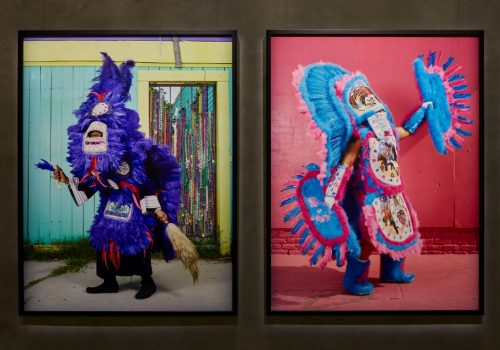Fabula by Charles Fréger, on stage at the Armani/Silos in Milan, goes together with an original storyline and a little bit magic and amazement, all of them essential elements of fairy tales. Indeed, it’s a pretty special fairy tale, that, while fascinating us, tells about different communities, the individuals composing them and the dress codes they adopt in order to be part of a group. It’s an extensive anthological exhibition documenting Freger’s still ongoing research, showing over two hundred and fifty images, from the early Water Polo swimmers series (2000) to more recent images, such as the Mardi Gras Indians series (2016).
This article is reserved for subscribed members only. If you are already a member, you can log in here below.
Subscribe for full access to The Eye of Photography archives!
That’s thousands of images and articles, documenting the history of the medium of photography and its evolution during the last decade, through a unique daily journal. Explore how photography, as an art and as a social phenomenon, continue to define our experience of the world. Two offers are available.
Subscribe either monthly for 8 euros (€) or annually for 79 euros (€) (2 months offered).
















